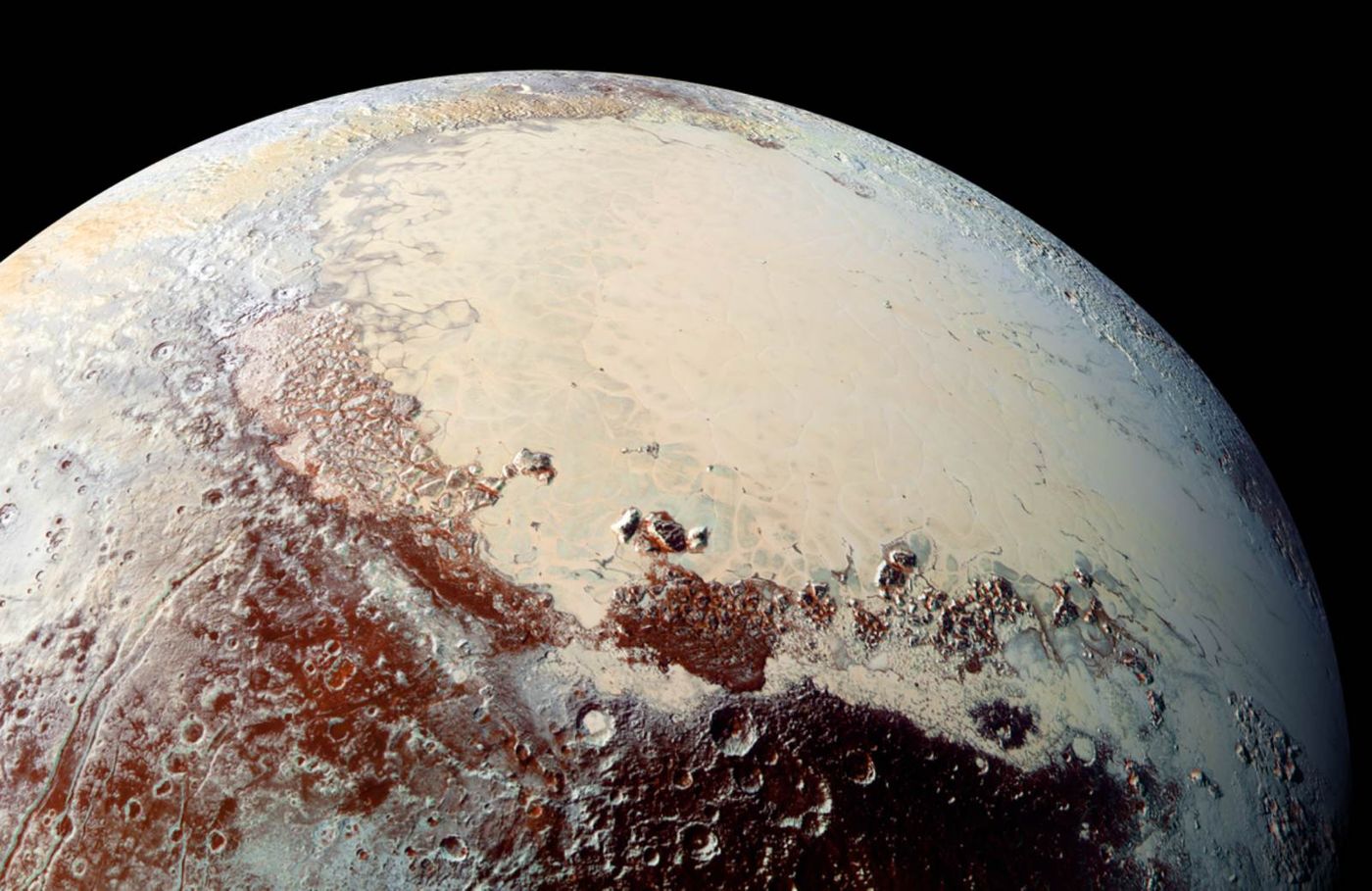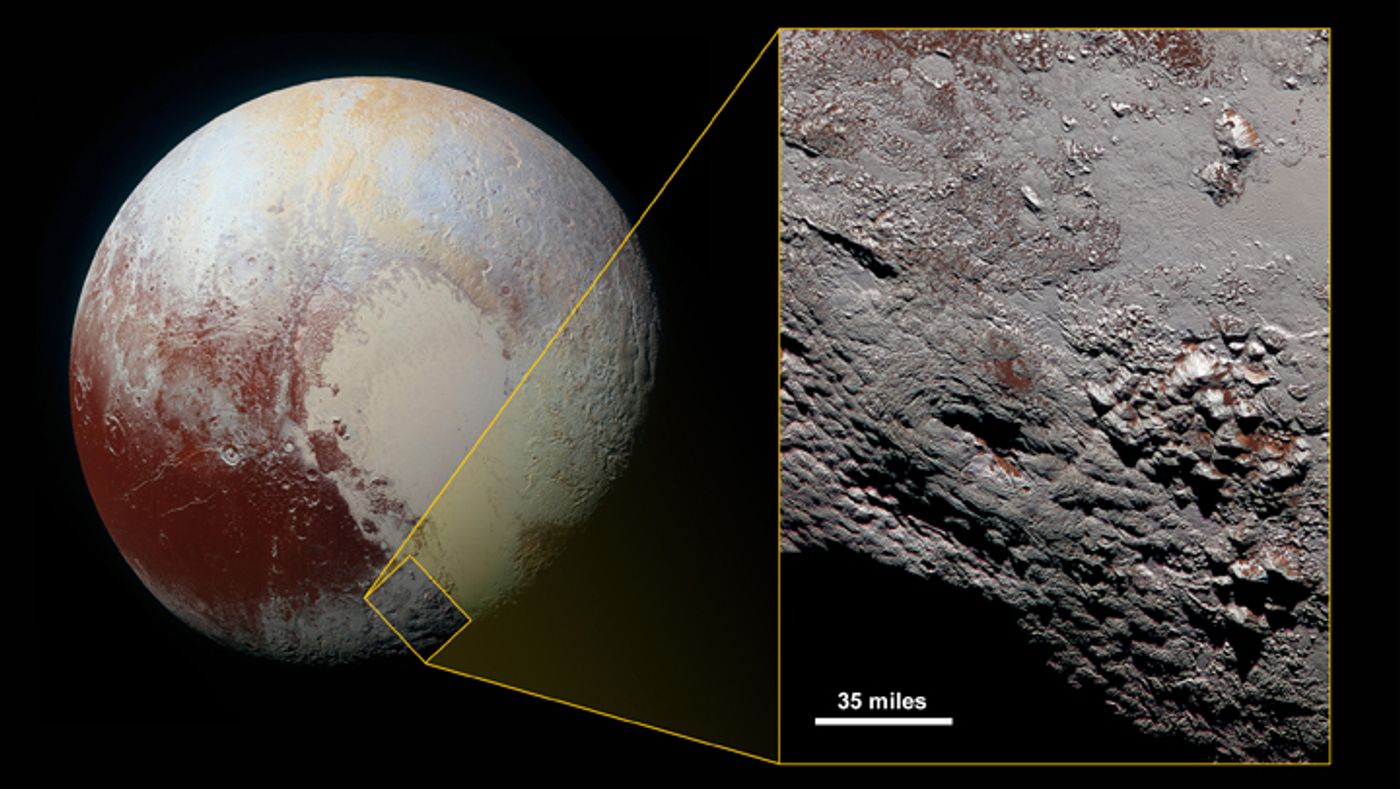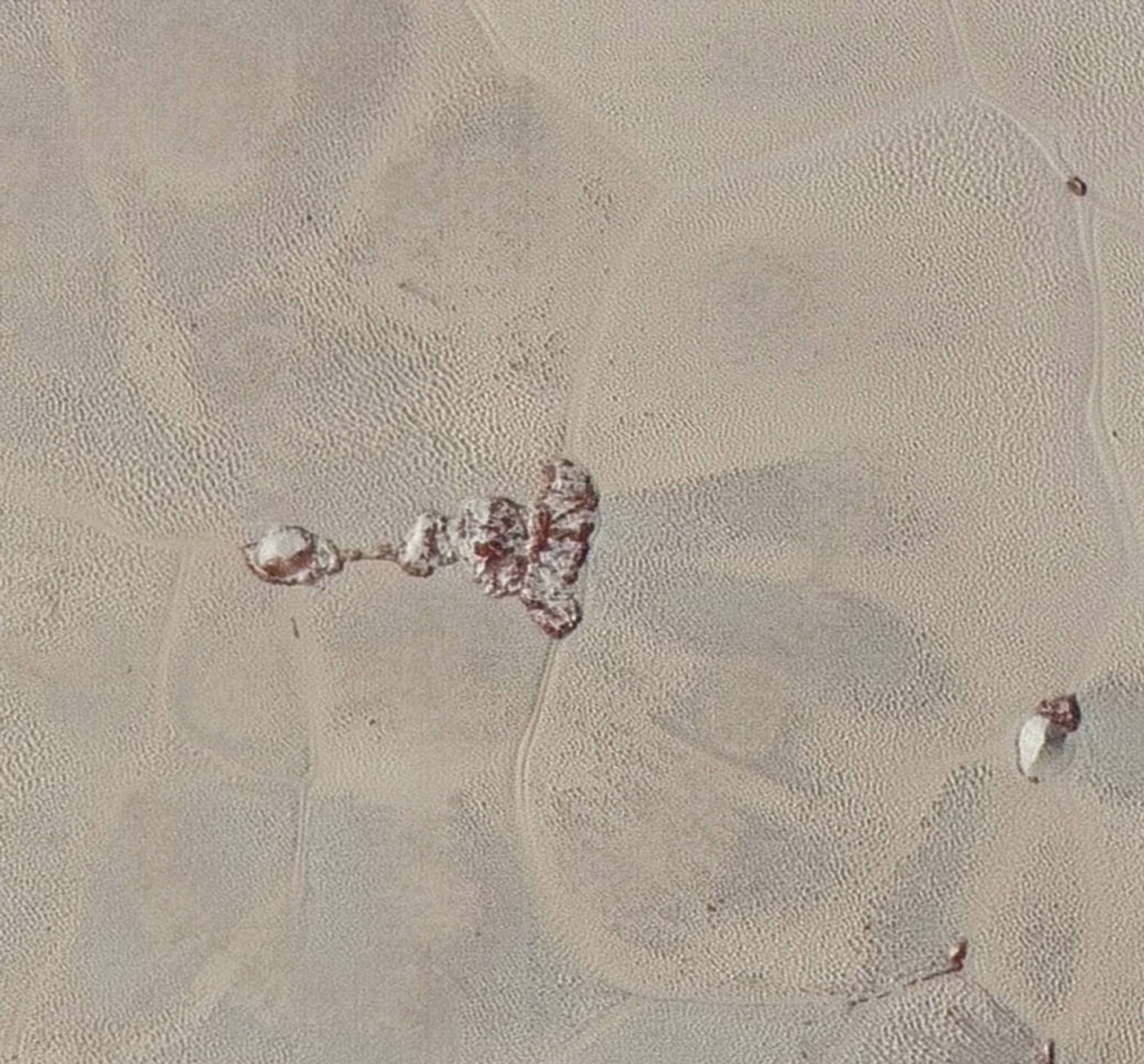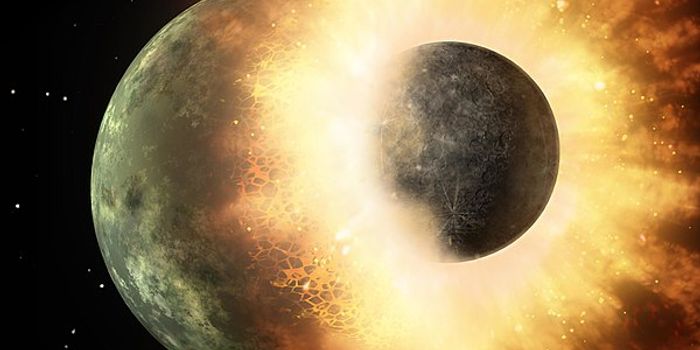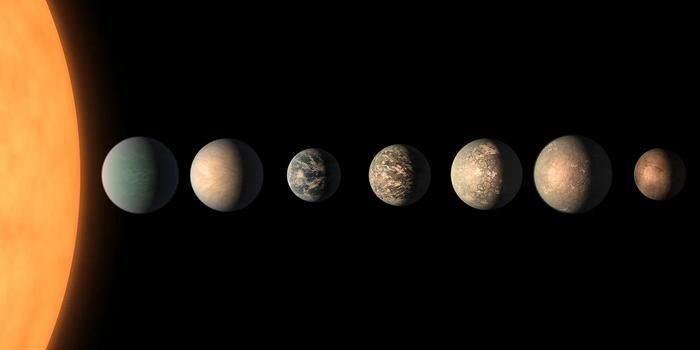We Will Find Life on Pluto
The search for life beyond Earth has reached a fever pitch, with possible locations to find even microbial life being Mars, Jupiter’s moon Europa, Saturn’s moons Titan and Enceladus, Neptune’s moon Triton, and even the clouds of hellish Venus. Countless missions have been sent to these amazing worlds, with many more having been approved and given speculative launch dates, including NASA’s Europa Clipper mission and NASA’s DAVINVI+ and VERITAS missions to Venus in the next few years.
But what about Pluto? Why can’t this distant world just chilling (pun intended) way out in the Kuiper Belt have the potential for life, too? Have we allowed Pluto’s reclassification as a dwarf planet to make us doubtful to the possibility for life there? Maybe it’s the vast distance from Earth, given how it took NASA’s New Horizons spacecraft nine years to travel the void to accomplish a quick flyby of this small icy world. However, that short flyby revealed a much different world that we initially envisioned. We literally saw a world with mountains, valleys, and plains, along with craters, indicating a (relatively) young surface, and one that scientists have indicated might even be geologically active today. Other studies have indicated the possibility of a subsurface liquid water ocean on Pluto either currently or in its past, oceans that have been shown to already exist on Europa and Enceladus.
Given the incredible distance and time it takes for conventional spacecrafts to reach Pluto, it might be several decades until we visit this icy world again. But this is why we do science, and this is the essence of exploration, to see what’s around the next bend in the road and visit far away worlds unknown. If life exists there, either on its surface or just beneath, what will it be like? Will it resemble “life as we know it”, or something entirely new and different? The search for life beyond Earth is ratcheting up as the possibilities of life-bearing worlds increase, and there’s no reason why Pluto should be left by the wayside as we continue to science and explore these worlds unknown. With an active geology and the prospect of a subsurface ocean, this is why we will find life on Pluto, and why we must go back.
As always, keep doing science & keep looking up!
Sources: WLRN, Phys.org, European Space Agency, EarthSky, Forbes, University of Wisconsin-Madison, NASA Europa Clipper Mission, NASA, Britannica, ABC News, NASA Solar System Exploration, Johns Hopkins University, Scientific American
